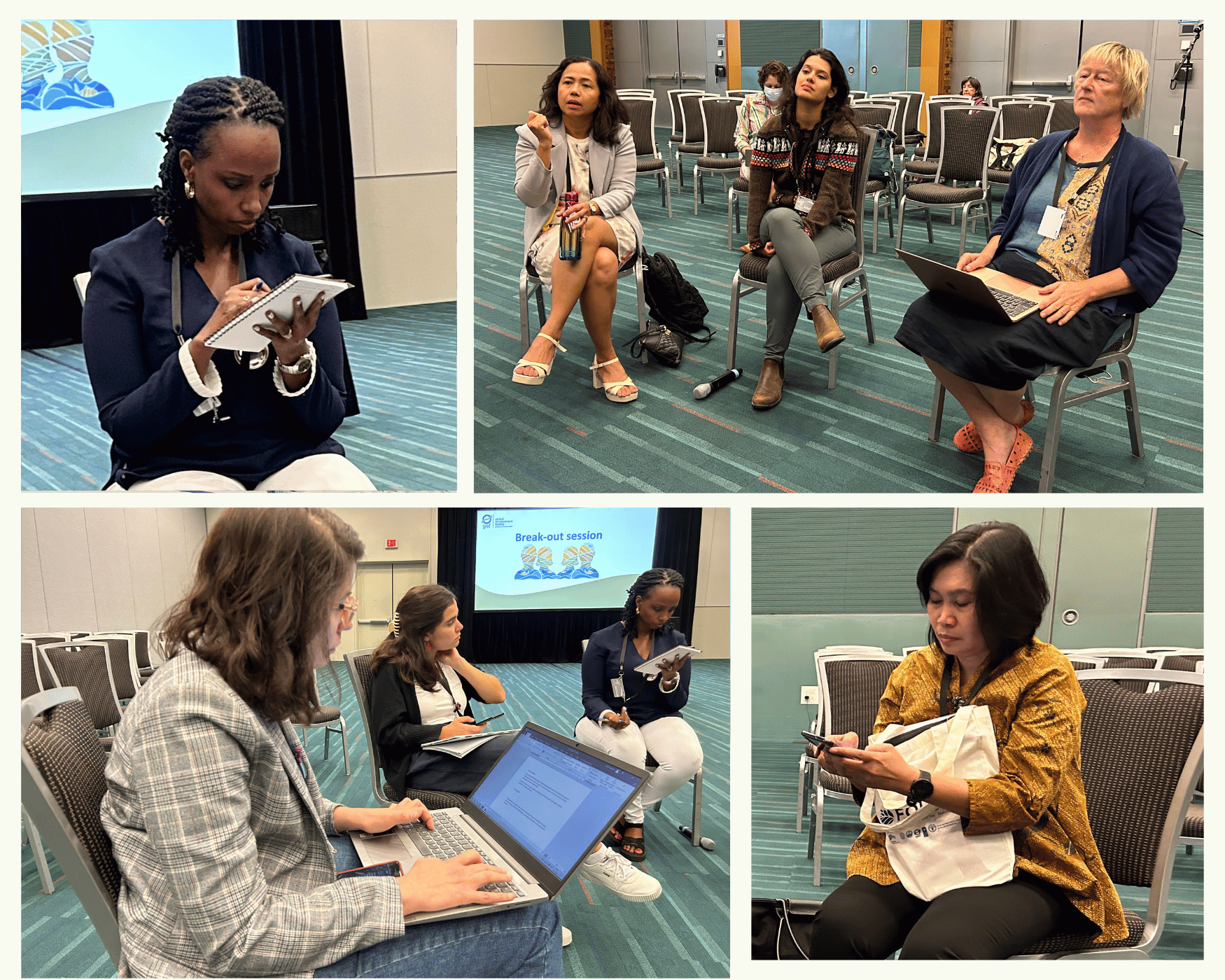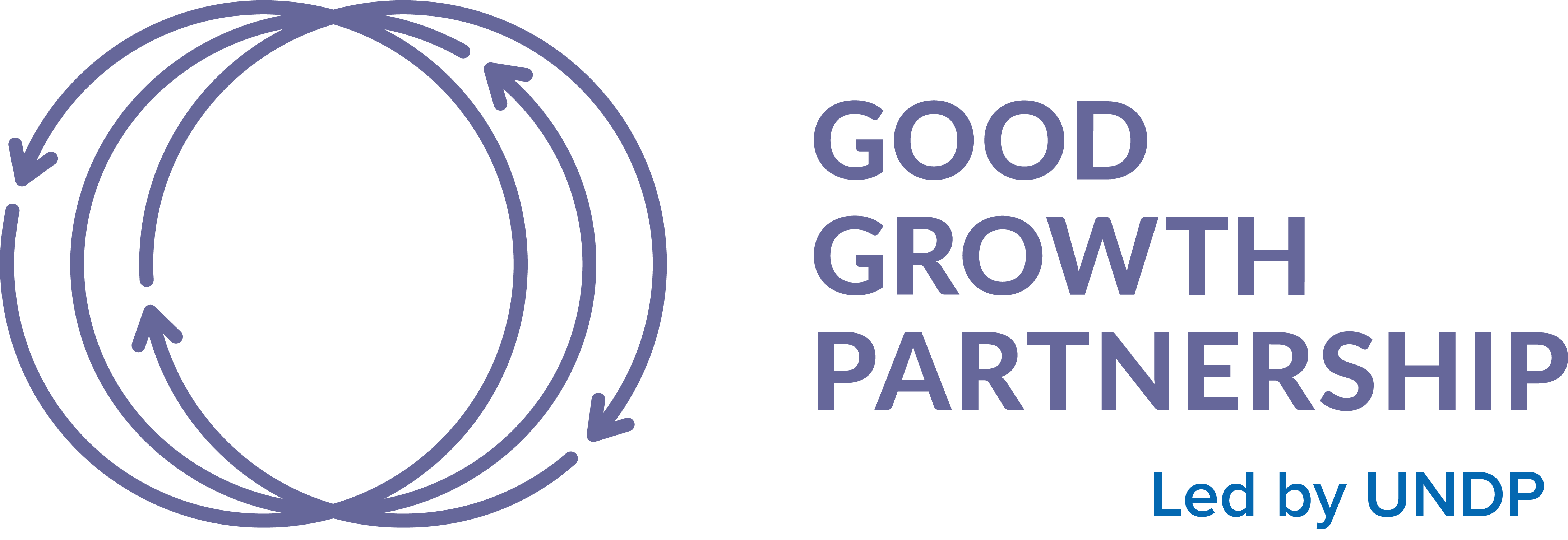
__________
By Patti Kristjanson and Julie Mollins
International development meetings resulting in social and environmental commitments by governments and multinational companies are rife. While at times it is hard not to be cynical about whether they are making a difference, at the recent Global Environment Facility (GEF) Assembly in Vancouver there were encouraging signs of change.
For one thing, the powerful way in which voices that have traditionally not been heard at these global meetings are now being amplified is increasingly evident. As women break free from constraints formerly dictated by institutional and social morays, traditional narratives are morphing into new shapes and woven into new forms that both intersect and diverge from old ideological frameworks, ultimately supporting the delivery of new meanings and outcomes.
Around 1,500 delegates from 185 countries participated in an event at the GEF Assembly that opened its doors to a record number of civil society, women, youth and Indigenous Peoples to influence the way forward for new environmental programs that are inclusive and environmentally sustainable.
Catalyzed by GEF’s Gender Partnership, a landmark “Women and Gender Caucus” was struck creating a dynamic of a scale not seen previously. The self-organized coalition of multiple women’s networks, organizations and gender allies was united under GEF’s diverse agendas fostering a human rights-based approach to social and gender justice.
Why does this matter? Well, because any vision for a healthier and more sustainable planet must promote gender equality and the empowerment of all people as part of a comprehensive approach to driving environmental actions to deal with climate change, food security, environmental degradation, and so many other challenges we face.
What came out of this diverse, self-organized group of women is notable. Over a few days, in several meetings and virtual interactions, a succinct and strong set of reality checks emerged. Even more powerfully, consensus was reached on clear messages and concrete recommendations related to women’s groups and programming.
The key “take-home” messages:
-
Biodiversity conservation, climate change adaptation and mitigation, waste and pollution eradication, and sustainable use of land and water are all intertwined, long-term endeavors.
-
Since women make up half the global population, these critical objectives require unwavering collective action and cooperation to include women and girls’ specific knowledge and contributions. It is only if we succeed in this that we will ensure sustainability, resilience and a just world.
-
To achieve global environmental benefits, all projects, programs and initiatives must include women, not merely as beneficiaries, but as key rights holders, partners and co-investors.
-
We are facing an extinction and socio-environmental crisis that risks the survival of all species on Earth, our only planet.
-
This challenge is not only a matter of justice, but also a matter of human rights, it is a matter of dignity and historical redress.
The recommendations (for GEF and many others supporting its social and environmental goals):
-
All program and projects should be gender-responsive, community-led and context-bound, and resources should be dedicated to addressing gender-specific challenges and opportunities.
-
More efforts should be dedicated to ensuring women’s accessibility to equitable and adequate funds. It is imperative to address financial constraints faced by women’s organizations, in particular Indigenous, Afro-descendant and local women's groups. Much more investment is needed in projects designed to target gender- and Indigenous Peoples and Local Communities to ensure Indigenous and local women's direct access to funding.
-
Funding procurement mechanisms for projects must be simplified, application processes streamlined and tailored to the realities facing grassroot women’s groups. These mechanisms have to support transformative change without being an additional load on the triple burden women and girls are already carrying.
-
Much more investment and support should go to women’s organizations aimed at strengthening and amplifying women’s voices and agency to be able to effectively advocate for their rights and contribute to needed policy change and implementation.
By amplifying women’s voices, the conference helped to raise global awareness on how gender equality and environmental challenges are intertwined, and to highlight solutions addressing both of them. It also challenged the global development community to focus more effort and investment towards implementing these solutions widely.







